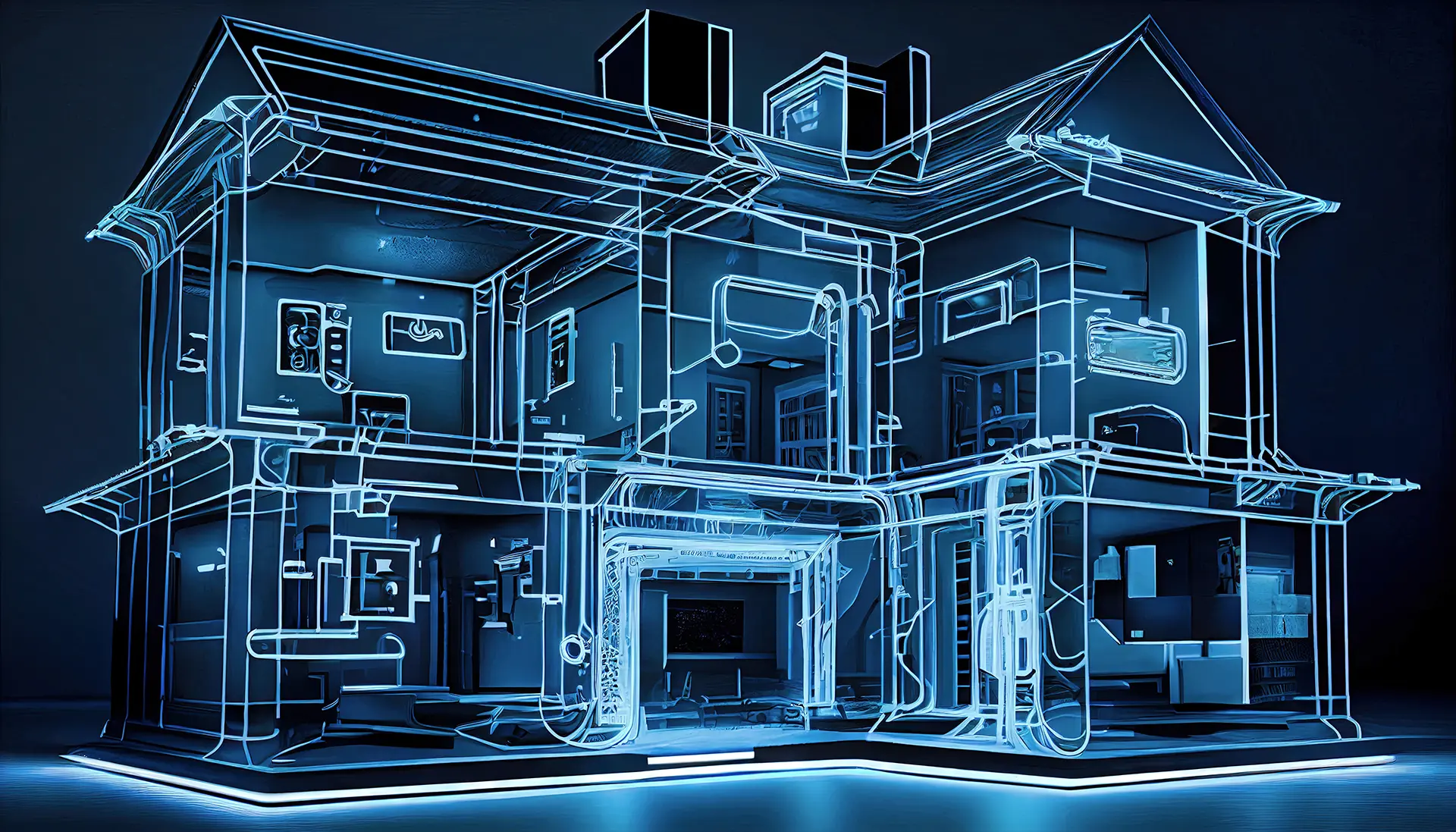


|
||
|
||

It’s incredibly hard to keep things private in the new digital age. There are far too many stories circulating about people who talked to a friend on the phone or texted about something and almost instantly got hit with ads for the subject of the conversation. And that happens without malware—no telling what information you’re giving out if your devices have been infected with malicious software that is spying on you.
There is a new way for folks to track and spy on you. A recent article in the MIT Technology Review described how WiFi tracking has become a usable technology. WiFi tracking measures how WiFi signals bounce around objects in a way that can be reverse-engineered to show the shapes of objects in the environment.
Scientists and vendors have been working for a decade to create a viable product using WiFi sensing. The two most likely products that have been investigated are to monitor breathing or detect falls in the home. Breath monitoring is a useful tool to diagnose problems like sleep apnea or identify emergencies like a stroke or heart attack. Fall monitors are a useful tool for seniors who remain in their homes since falling is one of the most common problems and sources of injuries for seniors.
However, both of those use cases have already been solved using other technologies. Breath monitors use other wireless frequencies or are more commonly using microphones. It’s also becoming common to use ultra-wideband radar to detect things since it has smaller wavelengths and can better define objects. There are already devices in use in places like hospitals and prisons that are used to monitor that patients and prisoners are where they are supposed to be and that they are not experiencing breathing issues.
For a WiFi system to produce the same resolution as Ultra-wideband radar requires interpreting readings from multiple WiFi devices within a home. WiFi sensing is still an attractive idea since almost every home now has multiple WiFi transmitters in place. There are folks working to build the technology into smart-phone and WiFi router chips, which would make WiFi sensing an everyday technology.
It’s easy to see the appeal of the technology. While motion detectors can tell you that a stranger is in your home, WiFi sensing has the potential to pin down exactly where they are and even give some of what they are doing. For now, WiFi sensing is already good enough to 100% detect human presence in a home.
One of Verizon’s new Fios routers include a human presence detector powered by Origin Wireless. All of the wireless devices in a home like smart plugs, speakers, burglar alarms, and the myriad of other WiFi enabled devices contribute to making such devices effective. Cognitive Systems announced that its smart plugs will contain this new capability. It’s hard to think it won’t also soon be built into smart speakers, TVs and other devices.
The ability to detect people has security experts worried because hackers could turn the technology around to spy on what people are doing inside their homes by showing the room they are in and even what they are doing. It would be a good way for a burglar to verify that nobody is home or that they are sleeping.
Even scarier, a good WiFi detector might not need hacking, and somebody standing outside your home might be able to see what people are doing through the walls. In 2023, researchers at Carnegie Mellon were able to use an AI engine called DensePose to generate body shapes from WiFi signals.
The best use of WiFi sensing will probably come by working in conjunction with other technologies. Old technologies like motion detectors will be replaced with more sophisticated monitoring systems that provide homes and businesses with much richer data. But with better sensors and monitors comes an increased security risk of your data being used by outsiders.
Sponsored byRadix

Sponsored byCSC

Sponsored byDNIB.com

Sponsored byVerisign

Sponsored byWhoisXML API

Sponsored byIPv4.Global

Sponsored byVerisign
